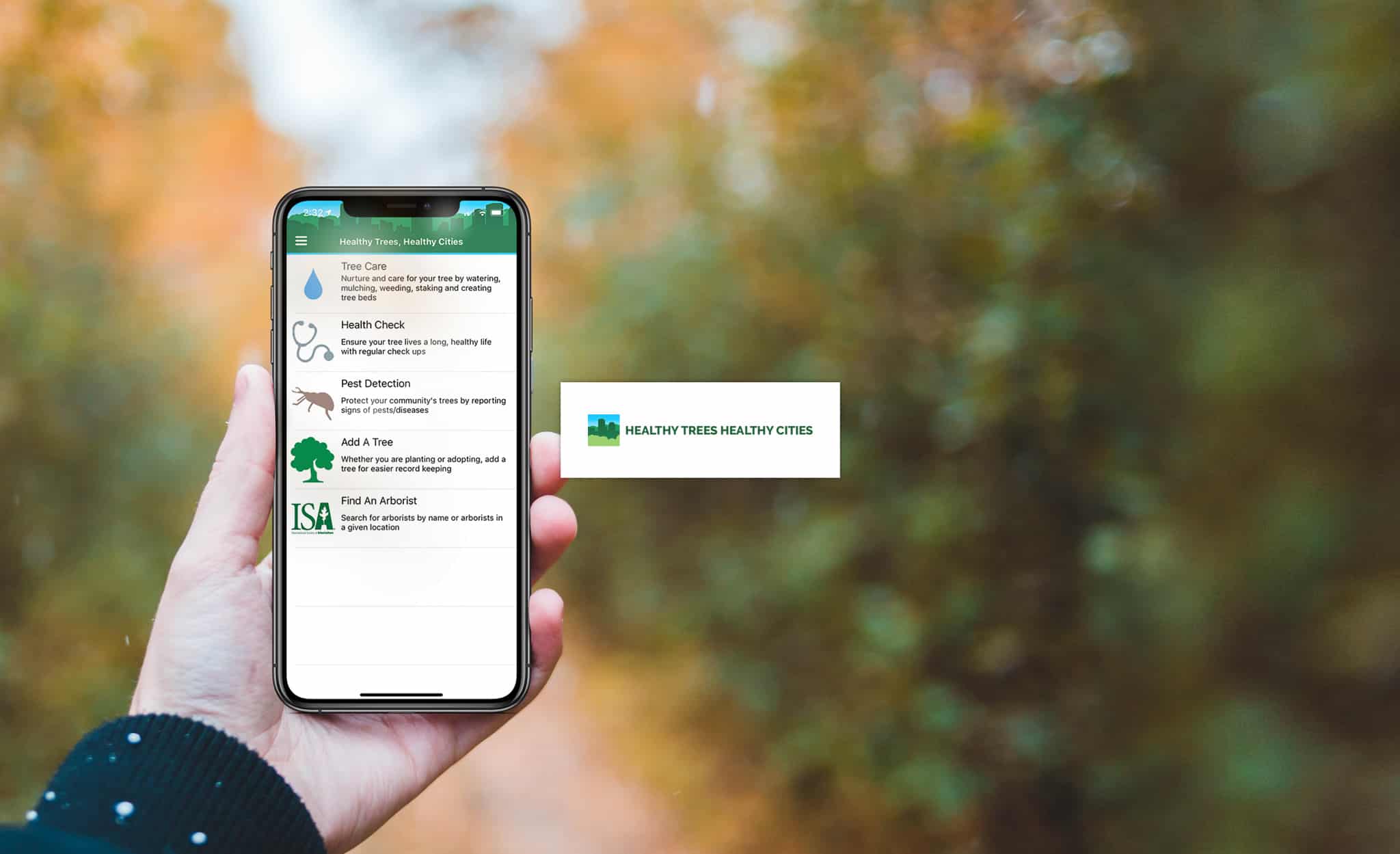Developed by: The Nature Conservancy
Launched in 2016; Updated on a regular basis
Why Use the Tool
The Nature Conservancy’s Healthy Trees, Healthy Cities mobile app helps users to maintain healthy trees. The Healthy Trees, Healthy Cities app offers five modules: tree planting, tree stewardship (e.g., watering, mulching), pruning, monitoring tree health, and detecting pests and diseases. The app allows for recording specific trees, including photo storage, for long-term monitoring. Healthy Trees, Healthy Cities has also partnered with the International Society of Arboriculture to easily search for local arborists.
Recommended Tool
Rachel Holmes, The Nature Conservancy: rhomles@tnc.org
Input Data Required
Field data (e.g., photos) to assess the health of existing urban trees
Outputs
Tree care advice and maintenance log
Past Use Cases
Used in 13 U.S. cities, including Chicago.
Case Study
Maintaining Healthier Trees in Chicago
Since 2014, 13 U.S. cities have employed the Healthy Trees, Healthy Cities app to gain insights into the health of their urban trees. The data gathered has been used to further research on various factors impacting tree health, advocate for urban tree resources, and to identify and prioritize tree management needs.
Large, healthy trees provide more ecosystem services than small or diseased trees, so maintaining them is key to providing ecosystem services equitably across the city. In Chicago’s South Side neighborhoods, the app is being used to evaluate the stress levels of individual trees in an effort to understand the contribution urban trees make to human health on a local scale. Participants in an interdisciplinary workforce development program, coordinated with Advocate Health Care, are using the Healthy Trees, Healthy Cities’ protocol, analyzing a series of observations of signs of stress in the crown of local trees. Although the stress index does not identify the cause of a tree’s decline, it allows managers and residents to identify at-risk trees when there is still time to respond and support them.

Source: The Nature Conservancy staff. Image: HTHC Smartphone Apps website.
Supporting Partners: USDA Forest Service & Center for Invasive Species and Ecosystem Health











